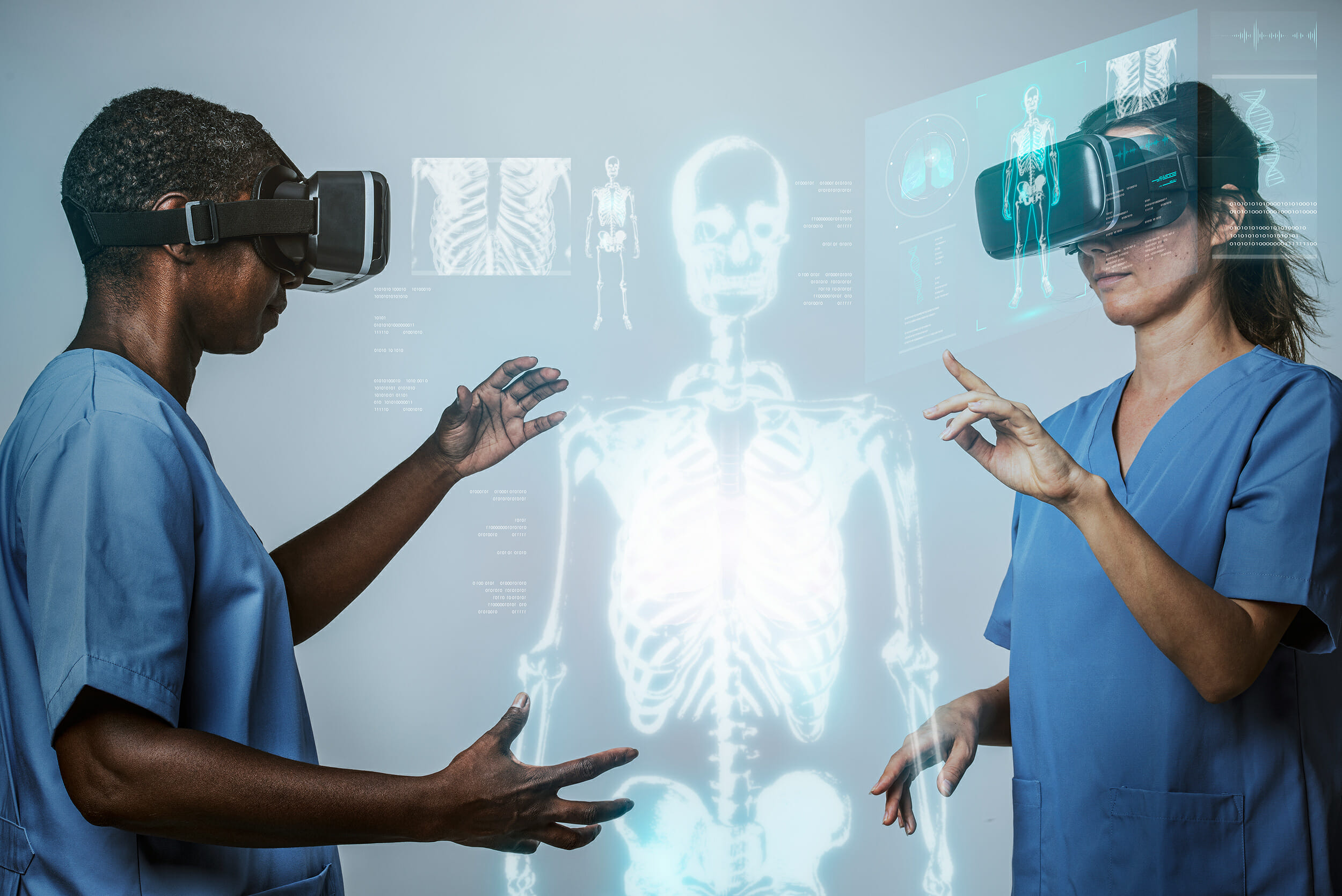Imagine you have a friend who is very smart and knowledgeable based on their experiences and photographic memory. They use what they’ve learned to help you with different tasks and problems. Imagine teaching your friend how to play a card game. At first, they might not know the rules, but with more play, they start to understand how the game works and get better at it; they remember the strategies that work well and avoid the ones that don’t.
Artificial Intelligence (AI) is a bit like that smart friend. It’s a special kind of computer program that can learn from the information and experiences it’s given. Just like your friend learns from playing more games, AI can learn from looking at lots of pictures, reading many articles or even watching videos. However, AI only knows how to do what it has been taught.
Generative AI, on the other hand, is like your more “creative” friend – the one who doesn’t just follow the game rules, but invents new games to play with a little gossip on the side! Or that super creative friend who can draw beautiful flower sketches once they’ve seen a few examples. However, just like our creative friends, generative AI can hallucinate facts. As you wouldn’t believe everything you hear from that friend, it’s important to check what generative AI creates to ensure information is trustworthy and accurate.
What’s the difference between Google and generative AI? With Google, you pose a question and the search engine finds the highest-ranking answers from the web that have been created by people/companies. In comparison, generative AI creates new information, pictures, videos, etc. based on what it has learned. AI uses step-by-step procedures (or algorithms) to perform tasks or make decisions based on data and can improve performance over time. The goal of AI is to enable machines to think, learn and perform tasks that traditionally require human intelligence. (Don’t get frightened about this yet; in my next article, I’ll show you how this can be a GOOD thing in health care).
AI can help with all sorts of things. It can recognize your voice and understand what you’re saying, so you can talk to your phone or computer, and it will listen. If you have “Alexa” in your home, you are already using a form of AI! It can also help doctors look at X-rays to find problems. But remember, just like your friend needs the right information to learn, AI needs good data too. Information from Apple Smartwatches, step counters and remote pacemaker monitoring devices are examples of health care data being generated from patients and utilized by health care professionals to identify patterns and abnormalities to provide insight into your health.
So, think of AI as a helpful digital friend that learns and grows smarter to assist us in different tasks, making our lives a little easier and healthier. In my next article (Part 2), I’ll share how AI is being used in health care now, its future uses and how it can play a crucial role in empowering patients and families to advocate for better care. For Part 3, I’ll explore what you need to be aware of when it comes to generative AI in health care and how to protect yourself and your family.
Dr. Porter is CEO and founder of MyHealth.MyAdvocate in Palm Desert. She is an experienced health care professional with over 30 years of nursing practice dedicated to unraveling the mysteries of health care processes and advocating for patients, families and caregivers. Immediate assistance is available by calling (760) 851.4116. www.myhealthmyadvocate.com.
Sources: 1) https://www.forbes.com/sites/bernardmarr/2023/07/24/the-difference-between-generative-ai-and-traditional-ai-an-easy-explanation-for-anyone; 2) https://www.mckinsey.com/featured-insights/mckinsey-explainers/what-is-generative-ai













































Comments (0)